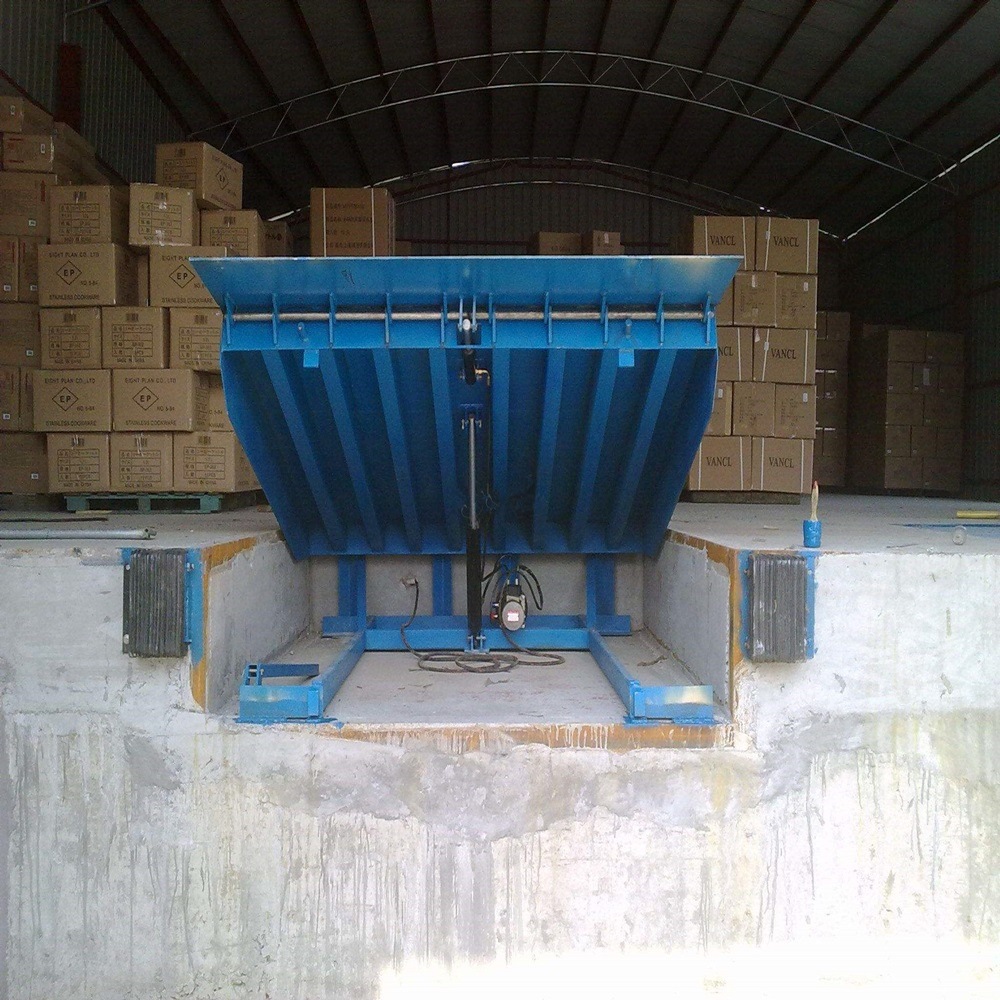In the realm of shipping and coordination’s, cross-docking is the act of dumping products or materials from an inbound heavy transport or railroad vehicle and stacking these merchandise or materials straightforwardly into an outbound semi-truck or rail vehicle without putting away the products or materials in a stockroom in the middle getting the things and delivery the things. Regular explanations behind this kind of move of products/materials include: 1 arranging merchandise expected to numerous objections, 2 joining products/materials showing up from different starting places for transport to a solitary objective or a few objections along a solitary highway, 3 moving products/materials starting with one type of transport then onto the next; i.e., changing from rail vehicle to truck or the other way around, or exchanging between heavy transports and more modest trucks.
Cross-dock methods were at first evolved during the 1930s by the U.S. shipping industry and have stayed in ceaseless use in the LTL not exactly load section of the shipping industry right up ’til today. The U.S. military embraced cross-dock procedure during the 1950s. Cross-docking infiltrated the retail area in a significant manner during the 1980s when Wal-Shop spearheaded its utilization.
In LTL shipping, ban nang ha mini tasks regularly include moving merchandise from one heavy transport straightforwardly into another semi-truck or from a semi-truck into a more modest truck or the other way around without any warehousing of those products. Nonetheless, cross-dock tasks might use arranging regions contiguous shipping bays in a distribution center where inbound products can be arranged, merged and held until the outbound shipment is completely gathered and prepared to deliver. For this situation, the products are not gotten into the stockroom and set aside, yet rather held in the arranging region for move from the inbound shipping bay to the outbound shipping bay.
The Stars:
- Streamlines the store network from beginning point to definite objective/end client, bringing about items getting from producer to wholesaler to client quicker
- Reduces taking care of expenses and working expenses
- Reduces the capacity of stock
- Reduces warehousing costs
- Reduces fuel costs while merging LTL shipments into full loads
- In the retail area, may increment accessible retail deals space in a physical store
The Cons:
- Some potential accomplices might not have essential stockpiling capacities with respect to arranging regions required during cross-dock tasks
- Other potential accomplices might not have a huge enough shipping armada to carry out cross-dock methods
- Requires adequate IT frameworks to carry out
- Additional cargo dealing with during travel can build the potential for harmed freight, instead of moving fixed freight compartments during multi-purpose transportation.
Categories: General